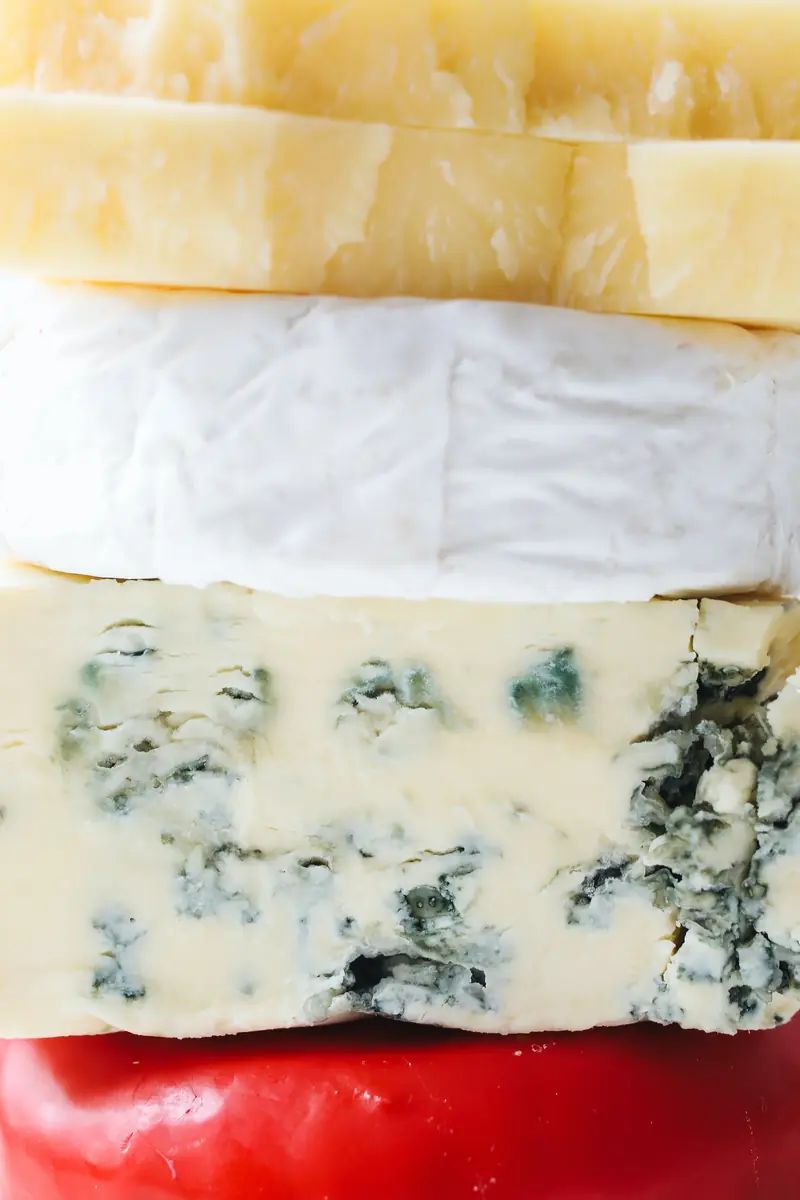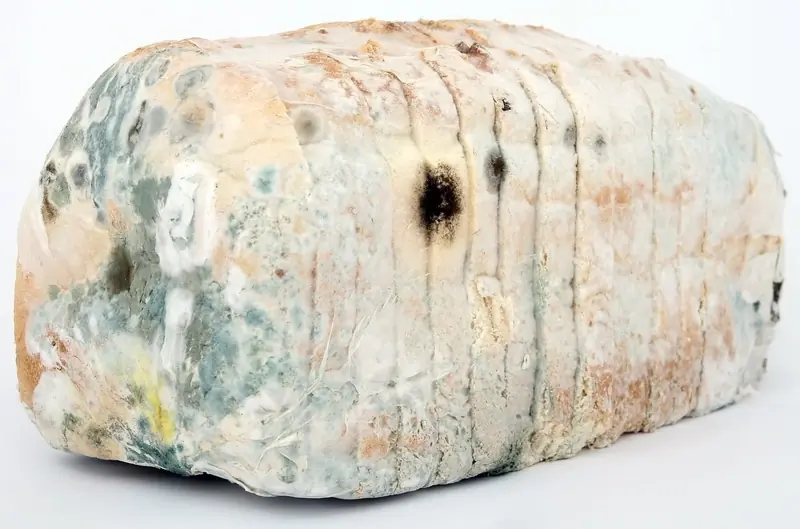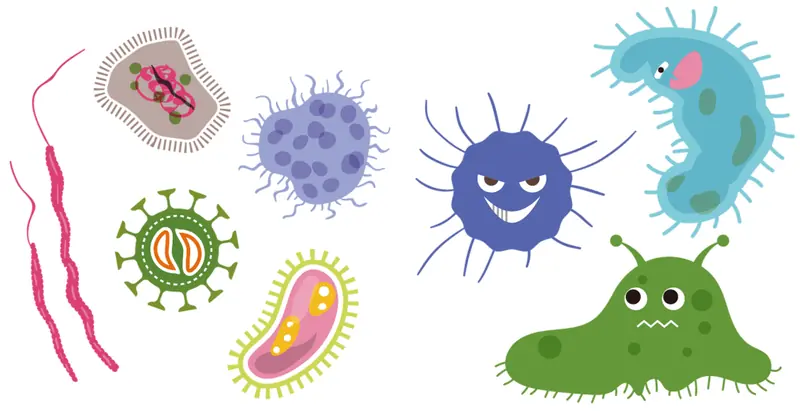
Failing to adhere to storage conditions and exceeding expiration dates can lead to both obvious and hidden food spoilage. Microbiologists have determined that consuming products with unnoticed mold poses health risks.
Mushrooms Come in Many Forms
Certain varieties of mold are actually beneficial to humans. For instance, the Aspergillus niger strain is used to synthesize citric acid from carbohydrates, while Penicillium chrysogenum is the source of the antibiotic of the same name.
Some members of the penicillin class—like roqueforti, glaucum, and camemberti—are involved in the creation of gourmet cheeses, which vary in color due to the mold. Noble mold adds a distinctive flavor to delicacies like blue cheeses (Bavarian Blue, Roquefort, Danablu, Gorgonzola, Cambozola, Fourme d’Ambert, Bleu de Coss, Bleu de Bresse, Bleu d’Auvergne, Parsifal), well-known white cheeses (Camembert, Neuchâtel, Boulet d’Avila, Brie, Care, Coulom, Rougette, Pont-l’Évêque, Chaource), as well as red (Marol, Livarot, Époisses, Remoudou, Munster) and green cheeses (Dorblu, Stilton, Saint-Agur, Bergader).

Side Effects
Scientists consider moldy cheeses to be exceptionally beneficial, as these varieties typically do not contain preservatives. Consequently, their shelf life is limited to two months. Packaging made from special paper halts the ripening process and regulates the mold content in the product.
However, even noble mold can be harmful to health. Moldy products are prohibited for pregnant women (due to the risk of listeriosis, which can lead to miscarriage) and children under 10 years old (as weak toxins can accumulate in their bodies at this age).
Those at risk include individuals allergic to penicillin, people with metabolic disorders, obesity, and high cholesterol. Unwanted side effects may include stomach upset and dysbiosis. Due to the increased bacterial content, cheeses should be consumed in moderation: no more than 50 grams per day.
Hard vs. Soft
Have you heard this joke? “Do you have blue cheese?” – “What’s that?” – “Cheese with blue mold” – “We don’t have cheese. We have blue cheese sausages and blue bread.”
Often, people try to “save” a product that has gone moldy by cutting away the affected area. Experts warn that such measures may only be somewhat acceptable for dry and hard cheeses with rinds (like Swiss, Cheddar, and Parmesan), hard vegetables, and fruits with mold on the outer skin, but not on the stem. In such cases, it’s necessary to cut at least 1.5 cm around the damaged area. In contrast, it’s futile to try to “rescue” soft products: if they’ve developed mold, they must be discarded entirely. This applies to soft vegetables, berries, fruits, meats and meat products, homemade dishes (sides, soups, etc.), jams, yogurt, kefir, and both butter and peanut butter.
It’s important to remember that mold grows not only on the surface. By cutting away the fluffy coating, we don’t eliminate the invisible fine threads—mycelium. Mold typically penetrates deep into the product, and a significant portion of it is inedible.

The “Silent Killer”
The insidiousness of microorganisms lies in their ability to produce toxins as they develop on a substrate. The amount of dangerous compounds is determined by the growth period of the fungus, but even unnoticed mycotoxins can trigger serious illnesses.
For example, the toxin T-2 produced by the Fusarium genus causes agranulocytosis—a toxic reduction in white blood cell count, making the body vulnerable to fungal and bacterial infections. Meanwhile, grain molds like Aspergillus flavus and Aspergillus fumigatus (which affect seeds and nuts) are considered “silent killers”: the aflatoxins produced by these fungi pose a deadly risk, leading to liver cancer.

Better Safe Than Sorry
If you notice mold where it shouldn’t be, it’s best not to tempt fate and throw the product away entirely. The danger of spoiled products also lies in the fact that mold is often accompanied by listeria, salmonella, E. coli, and other pathogens.
Particularly hazardous are spores that can become airborne. When inhaled, spore cells disrupt respiratory function. In addition to asthma, there’s a risk of developing pulmonary candidiasis—an infection caused by the Candida bacteria. Despite a generally favorable prognosis, such illnesses can cause discomfort and are often complicated by additional issues.
Summer is a prime time for the development of fungal spores, as these microorganisms thrive in warm and humid environments. Depending on the type and amount of mold that enters the body, individual sensitivity, overall health, and predisposition to allergic reactions, consuming contaminated products can lead to sudden illness. If you experience weakness, shortness of breath, sneezing, hives, migraines, dizziness, nausea, or vomiting, you should consult a doctor.
